Tanzania best time to travel a beautiful and diverse country located in East Africa, is an all-year-round destination that attracts travelers seeking adventure, wildlife, beaches, and a rich cultural experience. Whether you’re heading to the Serengeti National Park for a safari, scaling the majestic Mount Kilimanjaro, or enjoying the pristine beaches of Zanzibar, knowing the best time to visit is key to optimizing your experience.
Tanzania best time to travel weather varies widely due to its large size and diverse geography, so each region offers unique experiences depending on the time of year. Planning your trip carefully can ensure the best conditions for your goals—whether you’re tracking wildlife, summiting Africa’s highest peak, or relaxing on a quiet beach.
This comprehensive guide will cover everything you need to know about the Tanzania best time to travel based on your preferences, focusing on the weather, wildlife, and cultural events. Whether you’re a wildlife lover, an adventure seeker, or a beachgoer, this guide will help you plan the perfect trip.
Table of Contents
1. Tanzania’s Climate Overview
Tanzania best time to travel, a country located just south of the equator in East Africa, boasts a remarkably diverse climate due to its varied topography, geographic location, and proximity to large water bodies including the Indian Ocean, Lake Victoria, and other inland lakes.
If you’re updating a sentence, it could read: Its climate plays a vital role in shaping the nation’s biodiversity, agriculture, water resources, and socio-economic activities. However, Tanzania is also highly vulnerable to the impacts of climate change, which threatens its environmental and developmental sustainability.
Geographical Influence on Climate
Tanzania’s varied landscape gives rise to a range of distinct climate zones throughout the country. Coastal areas such as Dar es Salaam experience a hot and humid tropical climate, while central regions like Dodoma, Tanzania’s capital, have a semi-arid climate. Tanzania best time to travel Highland areas in the north and south, including the slopes of Mount Kilimanjaro and the Southern Highlands, enjoy a temperate climate with cooler temperatures and more rainfall. The Great Rift Valley and areas surrounding Lake Victoria experience moderate temperatures with high humidity and rainfall.
This Tanzania best time to travel climatic variation results in an annual average temperature ranging between 20°C in highland regions to over 30°C in the low-lying coastal zones. Rainfall varies from under 500 mm in semi-arid areas to more than 2,000 mm in mountainous and lake-adjacent zones.
Seasonal Climate Patterns
Tanzania best time to travel generally experiences two distinct rainy seasons, although this pattern can differ between regions:
The Long Rains (“Masika”) occur from March to May, especially in the northern and coastal regions. This is the main rainy season and contributes the bulk of the country’s annual precipitation.
The Short Rains (“Vuli” ): From October to December, affecting primarily northern Tanzania.
The Dry Season: From June to October, it is usually dry and sunny across most of the country. A shorter dry spell occurs in January and February in the north.
The southern, western, and central regions of Tanzania often experience an unimodal rainfall pattern, with one long rainy season from November to April, followed by a long dry season.
Climate and Agriculture
Agriculture is the backbone of Tanzania’s economy, employing more than 65% of the population and contributing about one-third of the country’s GDP. The sector heavily depends on rainfall, making it particularly sensitive to climate variability and extremes.
Erratic rainfall patterns and prolonged droughts have increasingly affected crop production, leading to food insecurity in many regions. Crops like maize, rice, and coffee—mainstays of local diets and exports—are especially vulnerable. Pastoralist communities also suffer due to reduced grazing lands and water for livestock.
Tanzania best time to travel In recent years, climate-related events such as floods in coastal cities and droughts in the central regions have caused widespread agricultural losses and displaced communities, underlining the urgent need for climate-resilient farming practices.
Climate Change Impacts
Tanzania best time to travel is already feeling the impacts of climate change, which are projected to intensify in the coming decades:
Rising Temperatures: Average temperatures are increasing by about 0.2°C per decade. This is contributing to higher rates of evapotranspiration and water scarcity, particularly in already dry areas.
Changing Rainfall Patterns: Rainfall has become more erratic and less predictable. While some areas receive more intense rainfall, others suffer prolonged dry spells.
Melting Glaciers: The glaciers on Mount Kilimanjaro—Africa’s highest peak—have retreated significantly and could disappear completely within a few decades. This will affect water availability downstream and threaten unique ecosystems.
Extreme Weather Events: More frequent and severe floods, storms, and droughts are damaging infrastructure, displacing people, and increasing the risk of disease outbreaks like malaria and cholera.
These impacts threaten not only ecosystems but also economic growth, public health, and national security.
Biodiversity and Natural Resources
Tanzania best time to travel is renowned for its rich biodiversity, including several national parks and conservation areas like Serengeti National Park and the Ngorongoro Crater. These ecosystems depend on stable climate conditions for their flora and fauna.
However, changes in temperature and rainfall are altering habitats, leading to shifts in wildlife populations and the potential extinction of sensitive species. Furthermore, increasing water stress and deforestation due to agricultural expansion and fuelwood collection are compounding environmental degradation.
Adaptation and Mitigation Strategies
Recognizing the urgency of climate action, Tanzania best time to travel has undertaken various adaptation and mitigation strategies:
National Climate Change Strategy: Launched in 2012, it focuses on building climate resilience in key sectors such as agriculture, water, energy, and health.
Sustainable Agriculture: Promotion of drought-resistant crops, conservation agriculture, and improved irrigation methods are being scaled up to ensure food security.
Water Resource Management: Communities are constructing rainwater harvesting systems, boreholes, and small dams to manage water scarcity more effectively.
Renewable Energy: Tanzania is investing in solar and hydroelectric power to reduce its dependency on biomass and fossil fuels.
Community-Based Adaptation: NGOs and government agencies are working with local communities on reforestation, climate education, and alternative livelihoods like beekeeping and eco-tourism.
Disaster Preparedness: The government is enhancing early warning systems, infrastructure planning, and response mechanisms to minimize the impacts of extreme weather events.
Disaster Preparedness: The government is enhancing early warning systems, infrastructure planning, and response mechanisms to minimize the impacts of extreme weather events.
2. Best Time for Wildlife Safaris in Tanzania
Tanzania best time to travel is home to some of the best safari destinations in the world, including Serengeti, Ngorongoro Crater, and Tarangire National Park. Tanzania best time to travel. Each region has its unique wildlife and ecosystems, and the timing of your visit can greatly affect what you’ll see.
June to October: Peak Safari Season
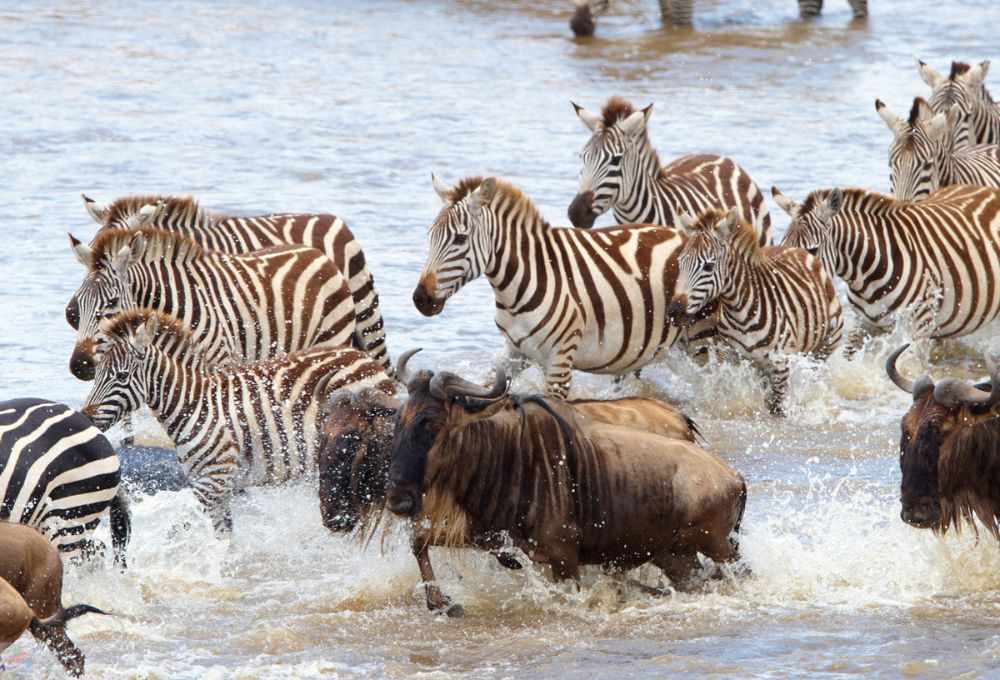
The period from June to October, during the dry season, offers ideal conditions for going on safari in Tanzania best time to travel. During these months, the animals are easier to spot due to the sparse vegetation and fewer water sources. Wildlife tends to gather around waterholes, making it easier to view them.
- A major highlight of Tanzania’s safari season is the spectacular Great Wildebeest Migration across the Serengeti. Millions of wildebeests, zebras, and gazelles move across the Serengeti in search of fresh grass, and you can witness the dramatic river crossings as the animals enter the Maasai Mara in Kenya.
- Best for Animal Viewing: Tanzania best time to travel During the dry months, predators such as lions, cheetahs, and hyenas are more likely to be active, and the dry conditions make it easier to track animals.
April to May: Off-Peak Safari Season
While April and May are the wettest months in Tanzania best time to travel, they offer a unique safari experience for those who want to avoid crowds and save money.
- Challenges: The rain can make some roads inaccessible, and animals tend to be more dispersed. However, the lush green landscapes and the birth of many baby animals make this an appealing season for some travelers.
- Advantages: Safari prices are significantly lower, and the fewer crowds create a more private, tranquil safari experience. You can also experience the lush greenery that gives the landscape a different charm.
November to December: Shoulder Season
The period between the wet and dry seasons (November and December) Tanzania best time to travel is a great time for safaris as the rain is typically lighter, and the animals are more active.
- Wildlife Viewing: Tanzania best time to travel Although it is not as dry as the peak season, you can still find many animals gathering around water sources. The Serengeti also sees fewer tourists compared to the dry season, making it easier to enjoy a less crowded safari.
3. Best Time to Trek Mount Kilimanjaro
Tanzania best time to travel to Mount Kilimanjaro, Africa’s highest peak, is a popular destination for trekkers worldwide. The timing of your hike is important, as the mountain’s weather conditions change drastically based on altitude.
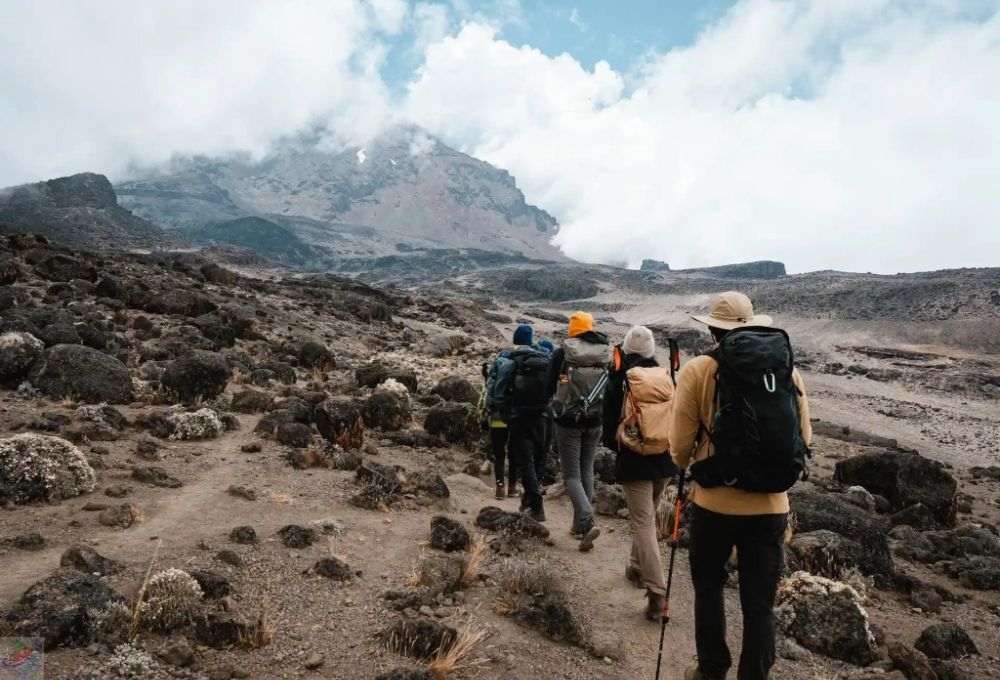
Best Time: June to October
The Tanzania best time to travel optimal time to climb Mount Kilimanjaro is during the dry season, which runs from June to October. During this period, you’ll find clear skies and dry trails, making it easier to hike.
- Weather: The temperatures are generally cooler at the summit (around 5°C / 41°F), but it’s not excessively cold. The lower elevations, such as the Machame and Marangu routes, will be warm and pleasant for trekking.
- Climbing Experience: This is the most popular time to climb, so expect more tourists on the mountain, but you will have more chances of success due to the favorable conditions.
January to March: A Good Alternative
Tanzania best time to travel. Although the weather is wetter during this period, January to March is still a good time to climb Kilimanjaro. The weather is warmer than the main dry season, and there are fewer trekkers, which means less competition for accommodation and guides.
Avoid: March to May
The long rainy season, which lasts from March to May, brings cold, wet, and slippery conditions, making it a difficult time to climb. The trails can be muddy, and the higher altitudes may have snow and ice.
4. Best Time to Visit Zanzibar for Beach Holidays
Tanzania best time to travel to Zanzibar, with its white-sand beaches and turquoise waters, is one of the best beach destinations in Africa. Whether you’re interested in relaxing on the beach, snorkeling, or diving, the best time to visit Zanzibar will depend on the weather and your desired activities.
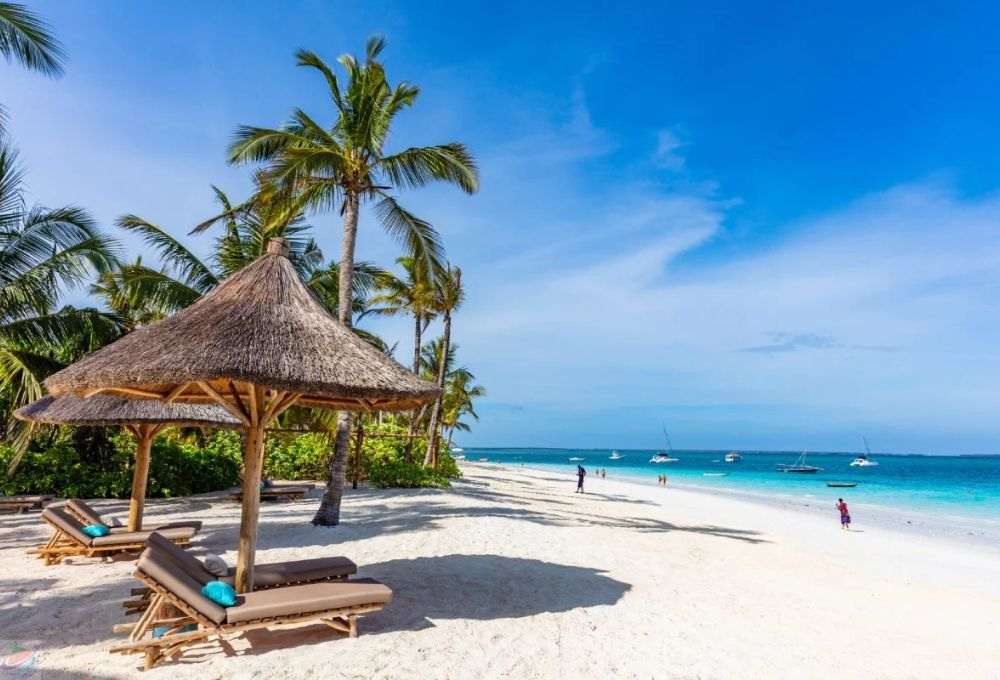
Best Time: June to October
The dry season offers the perfect conditions for enjoying beach activities in Zanzibar. With warm temperatures, sunny skies, and little rain, this period offers perfect conditions for swimming, snorkeling, and lounging on the beach.
- Weather: Temperatures remain around 25-30°C (77-86°F) with low humidity.
- This peak season is ideal for water sports such as diving and snorkeling, thanks to the excellent underwater visibility.
Shoulder Season: December to February
The months of December to February are also ideal for beach vacations. The weather is hot and sunny, and the seas are calm. Tanzania best time to travel. These months are also good for kitesurfing and deep-sea fishing.
Avoid: April to May
From April to May, the wet season brings heavy rainfall and high humidity, which can make beach activities less enjoyable. However, the island is quieter, which may appeal to travelers seeking solitude.
5. Tanzania Events and Festivals
Tanzania best time to travel offers vibrant cultural events throughout the year. These festivals offer a chance to experience the local culture, art, music, and traditions.
Sauti za Busara (February)
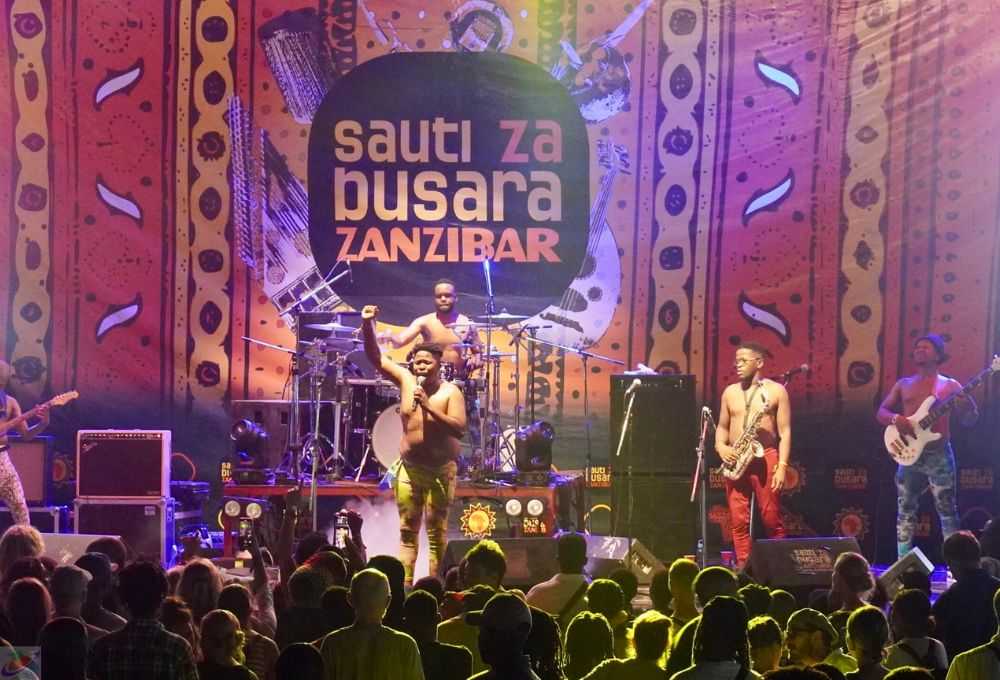
Zanzibar’s Sauti za Busara festival stands out as one of Africa’s premier music events. It celebrates African music, culture, and arts and is a must-see for music lovers.
The Great Wildebeest Migration (June to October)
The Great Migration is among the most awe-inspiring natural spectacles on Earth. Watching millions of wildebeests and zebras migrate across the Serengeti is one of Tanzania best times to travel.
Zanzibar International Film Festival (July)
Tanzania best time to travel Zanzibar International Film Festival is one of the largest cultural events in East Africa, showcasing African and international cinema. If you’re a film enthusiast, this is a perfect time to visit.
Conclusion: The Best Time to Visit Tanzania
Tanzania is a remarkable destination, offering everything from thrilling safaris and mountain treks to serene beach vacations. The best time to visit depends on your travel goals and the experiences you wish to have. Tanzania best time to travel
For an unforgettable safari experience, the dry season between June and October offers the best conditions. During this time, wildlife is most abundant, with animals gathering around waterholes, and the Great Migration in the Serengeti reaching its peak. The clear skies and lower vegetation during this period provide perfect conditions for wildlife viewing.
If climbing Mount Kilimanjaro is on your bucket list, the dry season is also the best time for trekking, ensuring stable weather and clear visibility.
From June to October, Zanzibar offers sunny weather that’s perfect for beach lovers and water activities.
For budget travelers, the wet season (April to May) offers lower prices and fewer tourists, though some areas may be harder to access.
Ultimately, Tanzania is a year-round destination, and the Tanzania best time to travel will depend on your individual preferences. With the right timing, you’re sure to have an unforgettable adventure in this beautiful country.
Frequently Asked Questions (FAQ)
1. When is the ideal time to go on a safari in Tanzania?
The best time for a safari is during the dry season (June to October), when wildlife is more visible due to fewer water sources and thinner vegetation.
2. What is the optimal time to summit Mount Kilimanjaro?
The best time to climb Kilimanjaro is during the dry season, from June to October, or during the short rains of January and February.
3. When is the best time to go to Zanzibar for a beach vacation?
The ideal time to visit Zanzibar is between June and October, during the dry season when the weather is sunny and perfect for beach activities.
4. What are the cheapest months to visit Tanzania?
The wet season, especially April and May, is the cheapest time to visit, with fewer tourists and lower prices for accommodation and safaris.
5. Is it safe to travel to Tanzania?
Yes, Tanzania is generally safe for tourists. However, it’s important to stay updated on travel advisories and take the usual safety precautions.

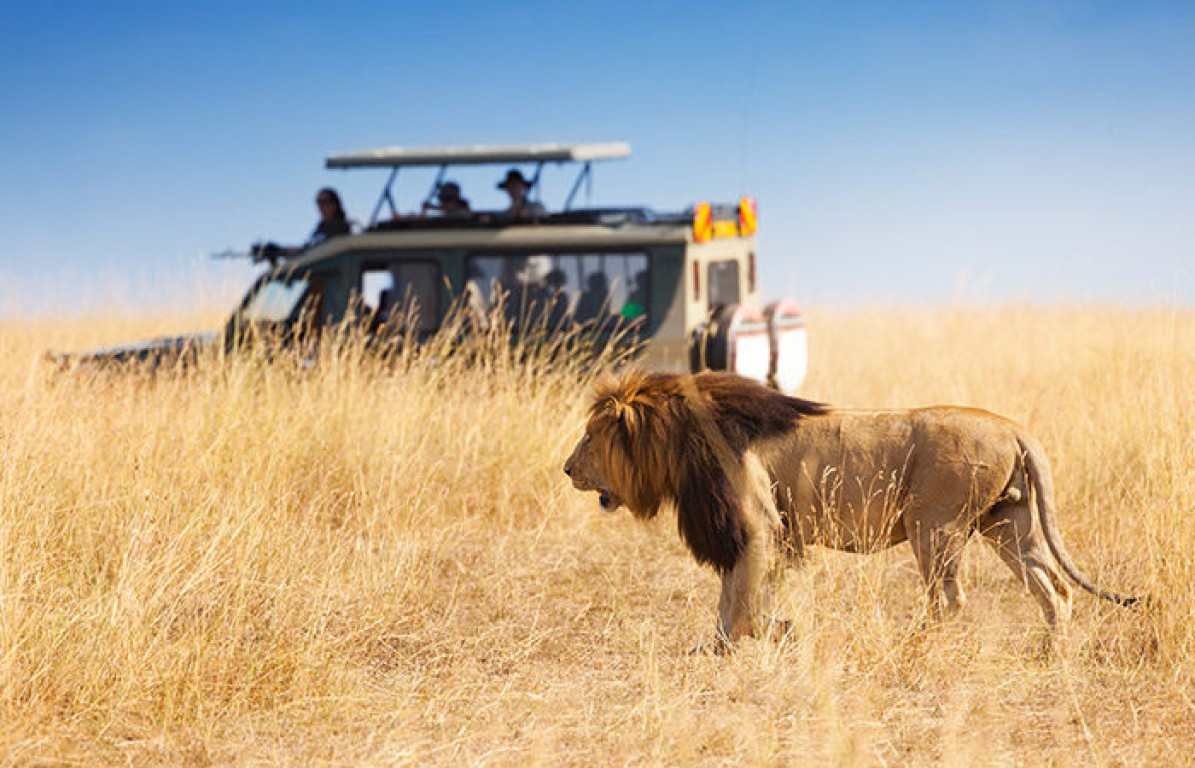

Leave a Reply